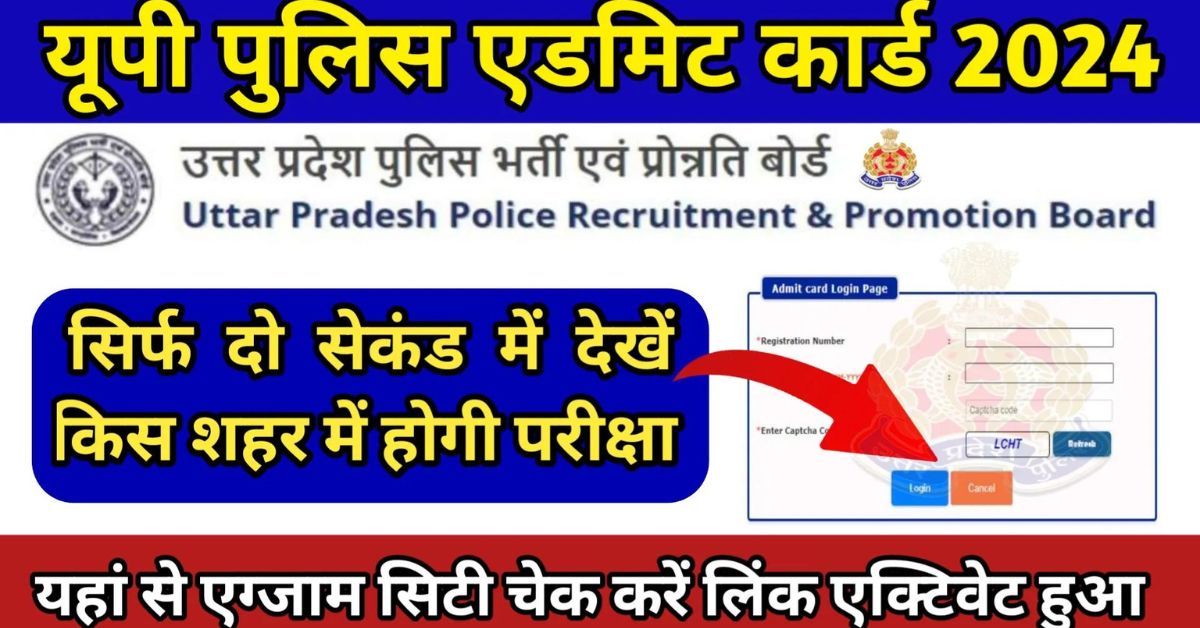UP Police एग्जाम सिटी ऐसे चेक करे अपना सेंटर डायरेक्ट लिंक से
UP Police Pre Admit Card 2024: उत्तर प्रदेश पुलिस भर्ती बोर्ड ने आज 10 फरवरी को यूपी पुलिस कांस्टेबल भर्ती परीक्षा की सिटी इंटीमेशन स्लिप जारी की है। इसकी सूचना यूपीपीआरपीबी की आधिकारिक वेबसाइट पर है। प्रवेश पत्र में परीक्षा का स्थान, समय और तिथि दी गई है। प्रवेश पत्र 13 फरवरी को उपलब्ध होंगे। … Read more




